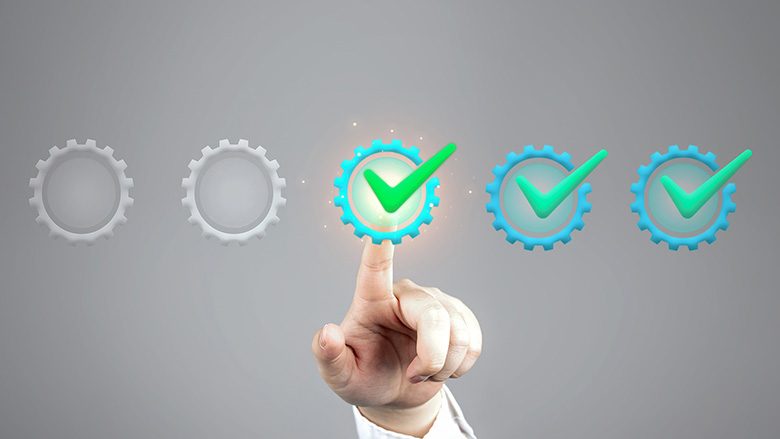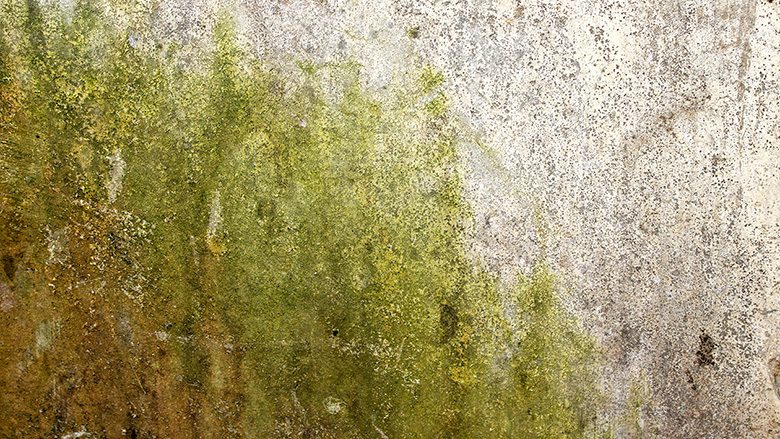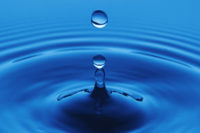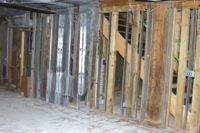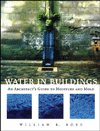The Science of Moisture Detection: Meters

Drying involves removing moisture from wet materials and is most effectively performed after collecting atmospheric moisture readings, structural material temperature readings, and moisture content from both affected and unaffected material. Professional moisture detection equipment should always be used to evaluate and document the extent of water migration and moisture intrusion into wet building materials and contents.
The most important reason to use meters to better understand the situation is obvious – they should be used to optimize drying efficiency by properly allocating drying resources. Today’s restoration professional is required to answer many questions about the drying process.
Descriptions of moisture meters can be found in ANSI/IICRC S500 2006. The standard defines Moisture Meters as: “An electronic sensing device used to measure the internal moisture percentage of various construction materials, such as wood, gypsum board, masonry, etc.”
There are various types of categories of meters including penetrating and non-penetrating. Penetrating meters work when pins or probes are inserted into materials and work by detecting measurable moisture levels. Non-penetrating meters work by detecting moisture levels without penetrating the surface.

An infrared thermometer can be used to detect surface temperature of most materials from a distance without direct contact. Infrared cameras are a more complex measuring instrument capable of detecting multiple temperatures across the surface and converting the data to photographs. Both of these instruments work when technicians understand the relationship between temperature, condensation and evaporative cooling.
Today it appears many restoration professionals are adding heat to accelerate the drying process and with good reason - heat dries faster. Heat also has the capacity to change electrical conductance making conversion of data a necessity unless technicians employ one of the latest technological changes in meters that takes temperature into account and converts the data automatically.
The most common mistake technicians make when reading the numerical display from the meters is they consider the numbers to be true percentages of moisture content (MC). The technician may make the wrong decision because the meters seldom depict accurate moisture content.
Technicians should consider the data to be valuable information that has a reasonable degree of accuracy and can provide extremely useful information to find a dry standard from which to develop a drying goal. Many factors play a role when interpreting drying data including variables such as material density or natural resistance to electrical current and differences in material temperature.

For the purposes of this article, moisture meters provide a reasonably accurate picture of how wet materials are and can be used to establish drying trends. This is very important when drying is accelerated with the addition of heat.
Technicians should use meters to set a dry goal. A dry goal is a target moisture level based on a dry standard. Moreover, technicians should use the same meter throughout the job because not every meter will provide the same reading. Using the same meter assures a higher degree of accuracy and once a dry goal is set it establishes the point when you are done drying. This is basically the goal line.
Your drying equipment should remain in place until you have reached your pre-determined dry goal. This is where the meter you choose provides the information that allows you to say with confidence what material was wet, what the drying goal was and finally that you achieved your goal and document successful completion.
Looking for a reprint of this article?
From high-res PDFs to custom plaques, order your copy today!

